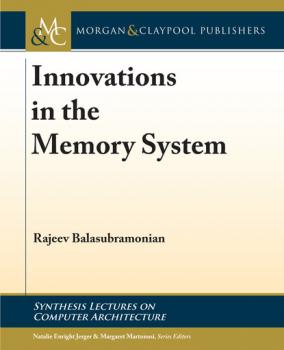Программы
Различные книги в жанре ПрограммыIntelligent Notification Systems
Notifications provide a unique mechanism for increasing the effectiveness of real-time information delivery systems. However, notifications that demand users' attention at inopportune moments are more likely to have adverse effects and might become a cause of potential disruption rather than proving beneficial to users. In order to address these challenges a variety of intelligent notification mechanisms based on monitoring and learning users' behavior have been proposed. The goal of such mechanisms is maximizing users' receptivity to the delivered information by automatically inferring the right time and the right context for sending a certain type of information. This book presents an overview of the current state of the art in the area of intelligent notification mechanisms that rely on the awareness of users' context and preferences. We first present a survey of studies focusing on understanding and modeling users' interruptibility and receptivity to notifications from desktops and mobile devices. Then, we discuss the existing challenges and opportunities in developing mechanisms for intelligent notification systems in a variety of application scenarios.
Linguistic Fundamentals for Natural Language Processing II
Meaning is a fundamental concept in Natural Language Processing (NLP), in the tasks of both Natural Language Understanding (NLU) and Natural Language Generation (NLG). This is because the aims of these fields are to build systems that understand what people mean when they speak or write, and that can produce linguistic strings that successfully express to people the intended content. In order for NLP to scale beyond partial, task-specific solutions, researchers in these fields must be informed by what is known about how humans use language to express and understand communicative intents. The purpose of this book is to present a selection of useful information about semantics and pragmatics, as understood in linguistics, in a way that's accessible to and useful for NLP practitioners with minimal (or even no) prior training in linguistics.









